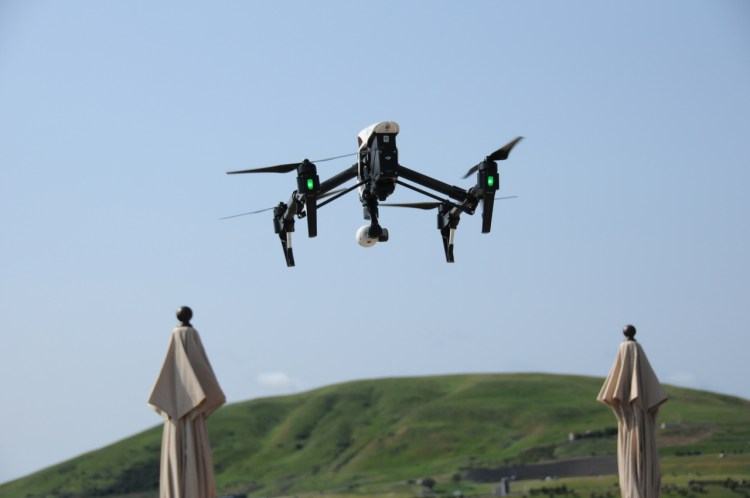Want smarter insights in your inbox? Sign up for our weekly newsletters to get only what matters to enterprise AI, data, and security leaders. Subscribe Now
The federal government has admitted that, while it can still regulate the commercial use of drones, people and businesses who make films or videos using drones have constitutional rights to publish them that cannot be violated.
The upshot, according to a new policy document issued last week by the Federal Aviation Administration, is that the agency’s inspectors no longer have the right to demand that drone filmmakers remove videos they post to YouTube or other online services.
“Inspectors have no authority to direct or suggest that electronic media posted on the Internet must be removed,” the FAA wrote.
In a tweet about the policy, drone expert Ryan Calo wrote, “The FAA concedes there’s a First Amendment.”
Ostensibly, the policy, titled “Aviation-Related Videos or Other Electronic Media on the Internet,” governs how the FAA can use videos taken using drones as evidence of illegal use of the flying devices against the filmmakers. “There are an escalating number of videos or other electronic media posted to the Internet which depict aviation-related activities,” the policy states. “Some of these posted videos may depict operations that are contrary to [federal rules], or safe operating practices.”
But the policy makes it clear to inspectors that in addition to prohibiting them from demanding that filmmakers remove videos, they must remember that the videos alone may not be enough to determine there’s been illegal activity that must be regulated. “Electronic media posted on the Internet is only one form of evidence which may be used to support an enforcement action and it must be authenticated,” the FAA wrote. “Electronic media posted on the Internet is ordinarily not sufficient evidence alone to determine that an operation is not in compliance with” FAA rules.
However, the agency added, drone videos “may serve as evidence of possible violations and may be retained for future enforcement action.”
To some, the new rules show that the FAA has overreached when it has tried to stop people, including journalists, from posting video taken with drones without getting clearance first.
“The Federal Aviation Administration, after more than a year of warning media companies and hobbyists that posting or linking to any footage filmed by drones may violate a ban on commercial use of drones without permission, has finally acknowledged that its inspectors cannot ‘direct or suggest’ the takedown of drone-recorded videos,” Charles Tobin, a lawyer at Holland & Knight, wrote in a blog post about the new policy.
Tobin added:
The ban has led to much confusion in the agency’s statements to the public. Last year, an FAA staff member warned an Ohio newspaper against running [unmanned aerial vehicle] UAV video filmed by a hobbyist and provided to the newspaper after the fact. The FAA told the newspaper to “err on the side of caution” and not publish the footage because the FAA said it “would require more legal review to determine if it was a fineable offense to publish the video on [a news] site.”
That advice — as the FAA’s new directive tacitly acknowledges — likely violated decisions of the U.S. Supreme Court. The court has ruled in other contexts that journalists’ mere receipt and publication of newsworthy information, even if the source violated the law to obtain the information, is protected under the First Amendment. The new FAA directive also makes clear that hobbyists operating drones in compliance with safety regulations — and not otherwise violating the law — are permitted to post videos on YouTube.
In February, the FAA issued new guidelines about commercial use of drones. Although they are not yet law — and it’s not clear when or if they will be — the guidelines suggested that drones of under 55 pounds cannot be used at altitudes above 500 feet, or at speeds above 100 miles an hour.


